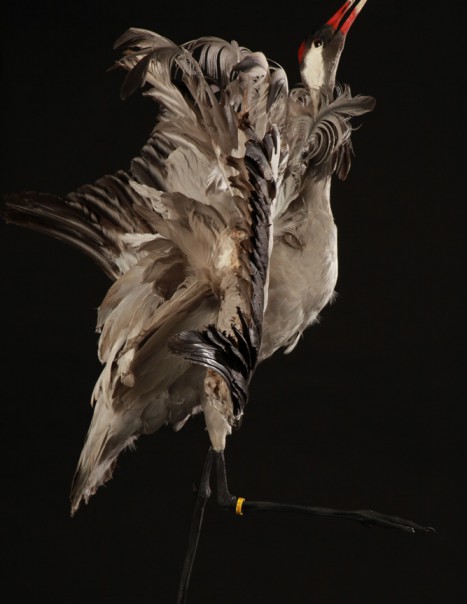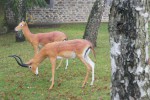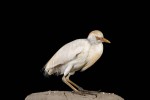Common Crane – Grus grus
Common Crane – Grus grus
The Common Crane has slate-gray plumage with black or black bluish feathers on primary and secondary. You can see a red spot, a piece of bare skin on top of the cap. Upper neck, throat, forehead and nape are black. A white spot starts from the eye and extends to the back of the neck.
Its long beak is gray with a little red at the base. The eyes are red. Long legs and feet are black. There are three long fingers, the fourth is insignificant.
Both sexes are similar. Juvenile is slightly smaller than adults. It has light brown color feathered head.
Its long beak is gray with a little red at the base. The eyes are red. Long legs and feet are black. There are three long fingers, the fourth is insignificant.
Both sexes are similar. Juvenile is slightly smaller than adults. It has light brown color feathered head.
It breeds in bogs, wet heath moors and freshwater shallow marshes and in swamp forests. They overwinter in open countryside near lakes and marshes, or later in cultivated areas.
It is active at dawn, they glean in the fields and cultivated areas until dusk. Then they return to the dormitory still screaming and remain in groups at night. While feeding, they perform a kind of dance, as they also do during the breeding season.
It is active at dawn, they glean in the fields and cultivated areas until dusk. Then they return to the dormitory still screaming and remain in groups at night. While feeding, they perform a kind of dance, as they also do during the breeding season.
Cranes fly neck and legs outstretched and often in large group for migratory flight. The group is guided by an individual that takes place at the back once it is tired. Their flight is slow and powerful. Cranes can fly high and over long distances.
The crane is omnivorous, during the winter, they eat more plants.
Courtship displays begin in February on the wintering areas, with a maximum in March. The crane walks with quick and short steps, semi-open wings, circling on the ground. The crane is monogamous and the couple is united for life. During breeding season, the bird becomes territorial and solitary nester in wet or wooded areas or on a small island to protect themselves from predators. The couple nests lonely and the nest is a large platform made of dry grass on the ground. The female lays one or two eggs. Incubation lasts about four weeks, shared by both parents. The youngs make their first flight at age of 2 months but remain with the parents until the end of winter.Its lifetime is estimated at 17 years.The species is threatened by habitat modification.






